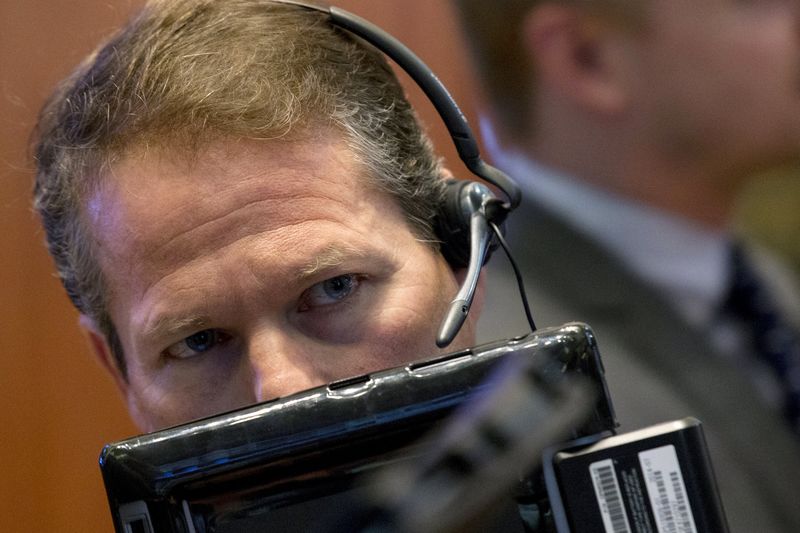Energy and utilities stocks have traditionally been the cornerstone of most passive income portfolios. The demand for energy is stable, steadily expanding and relatively predictable.
Meanwhile, these sectors are tightly regulated and require tremendous capital to enter, which leads to less competition and fatter margins for big players.
However, these industries are now slowly evolving as greener sources of energy finally become commercially viable and consumers become more climate-conscious.
According to research published by Deloitte in 2018, nearly half of all households (53%) and businesses (48%) say that’s it is extremely or very important that part of their electricity supply come from renewable sources.
Meanwhile, governments across the world have ramped up their targets to push for renewable energy adoption over the next few decades.
This is driving more corporate deployments and investments in the sector. The Paris-based International Energy Agency now predicts that nearly 29% of electricity, 11.8% of heating, and 3.8% of transport will be powered by renewable sources of energy by 2023.
Leading the pack is Brookfield Renewable Partners (TSX:BEP.UN)(NYSE:BEP), one of the largest operators of renewable power platforms in the world.
The company manages 880 power-generating assets worth over US$43 billion spread across 10 countries. It’s also one of the highest yielding dividend stocks on the Toronto Stock Exchange.
Yesterday the company published its quarterly report and declared a dividend distribution of $0.515 per unit for the quarter. Annualized, that amount implies a forward dividend yield of 5.75%.
However, the fact that this dividend is over 10 times the company’s net income has made some investors skeptical of the payout. Experts now argue that this attractive dividend is simply unsustainable and could be cut soon. Here’s why I think they’re wrong:
Strong fundamentals A closer look at the company’s financials reveals that the hefty dividend yield is a way for Brookfield to entice investors while the management team acquires more assets and gradually ramps them up to boost earnings.
The company has access to US$2.5 billion in liquidity (borrowed money) that it can deploy into more company acquisitions and power plants — deployments like the C$750 million investment into an Alberta renewables portfolio which is being completed in tranches and a $125 million investment in a global solar developer that will close in the fourth quarter of this year.
Investors may need to be patient as these deals are closed and the results are reflected on Brookfield’s bottom line.
In fact, the firm reported 35% growth in funds from operation in its most recent quarter alone. Meanwhile, the company is targeting a 85% annualized FFO payout ratio for this year.
Double-digit rates of growth in underlying earnings and a healthy payout ratio indicate that Brookfield’s dividend is more sustainable than it appears at first glance. In fact, the company says it is targeting dividend growth of 5% to 9% annually for the foreseeable future.
Bottom line The energy sector is a fertile ground for robust dividend stocks with high yields. As the sector evolves investors should consider adding some exposure to green energy assets, like high-yielding and steadily growing Brookfield Renewable Partners.
Fool contributor Vishesh Raisinghani has no position in any of the stocks mentioned. Brookfield Renewable Partners is a recommendation of Dividend Investor Canada.
The Motley Fool’s purpose is to help the world invest, better. Click here now for your free subscription to Take Stock, The Motley Fool Canada’s free investing newsletter. Packed with stock ideas and investing advice, it is essential reading for anyone looking to build and grow their wealth in the years ahead. Motley Fool Canada 2019
